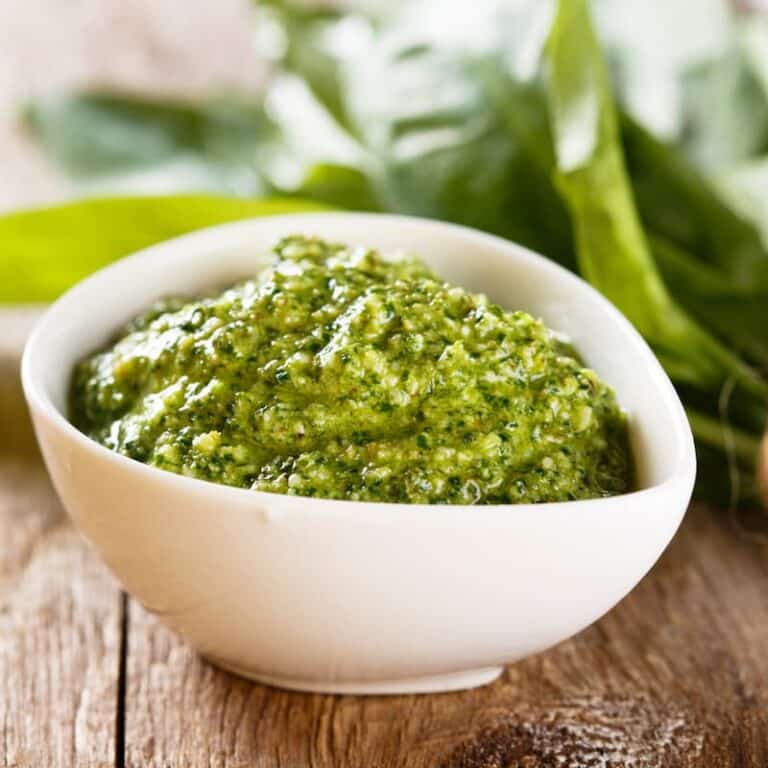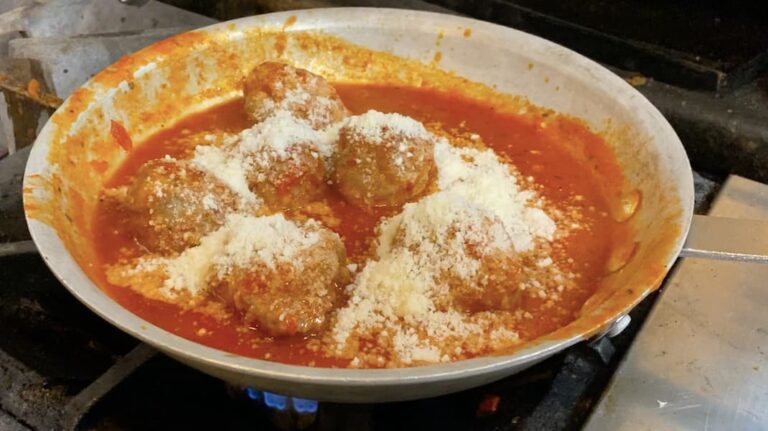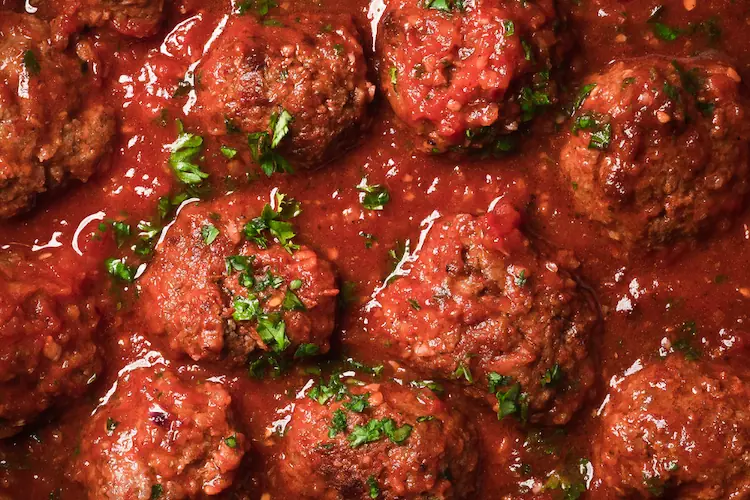Freezing pesto is a great way to preserve its fresh, aromatic flavors for use all year round. Here are 9 delicious recipes that you can make in large batches to freeze and enjoy even during winter months!
The Magic of Homemade Pesto
I don’t know about you, but my love for homemade pesto is directly proportional to my dislike for store-bought pesto. I know it sounds picky, but I still have to find a store-bought option that can compete with the vibrant flavors and rich aromas of making your own pesto. And it’s not about using certain secret techniques or expensive ingredients… it’s just that pesto is one of those sauces that taste automatically better when they’re freshly made.
Store-bought pesto often lacks the bright, herby punch of fresh pesto. By choosing your own fresh basil, parsley, or even arugula, you ensure that the traditional Italian sauce you create is as authentic and flavorful as it gets. Additionally, adjusting the amount of garlic, nuts, and cheese to suit your taste transforms your batch of pesto into a personalized culinary masterpiece.
So, why settle for the jar?
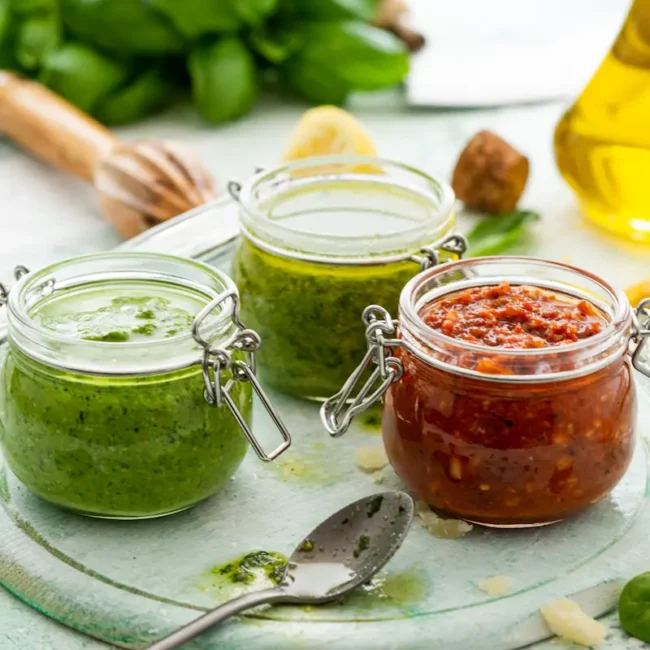
Another advantage of making larger amounts of pesto at home is the ability to freeze it. Freezing your own pesto means you’ll have enough pesto to last through the winter months when fresh herbs might be less available or more expensive. Imagine the delight of pulling a container of frozen cubes of pesto from your freezer on a chilly winter evening to stir into hot pasta for a quick dinner! This makes homemade pesto not only a tastier choice but a practical one too.
The ease of making pesto at home shouldn’t be underestimated. With just a few fresh ingredients and a food processor, you can whip up a batch of pesto in the time it takes to boil pasta. The process is straightforward, and the rewards are immense, especially when you consider the joy of having homemade pesto at any time of year.
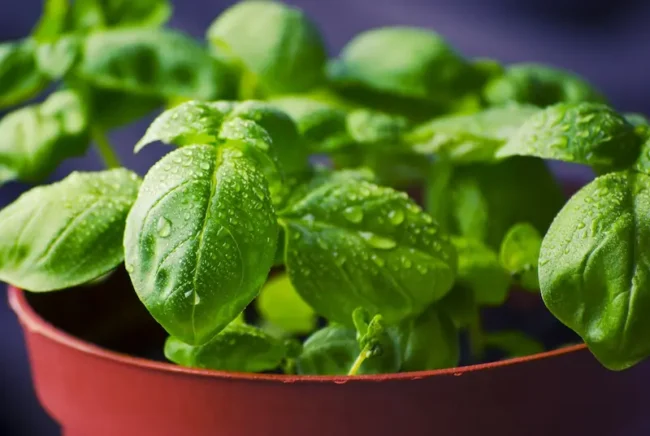
Why Limit Yourself to Basil Pesto?
While homemade basil pesto is a classic favorite, this sauce offers a delightful variety that goes beyond the traditional basil pesto recipe. Exploring different herbs and greens can elevate your culinary creations. Plus, not everyone has an abundance of fresh basil at their disposal year-round, which opens the door to innovation in your pesto-making.
Consider the peppery zing of arugula, the earthy tones of spinach, or even the mild, sweet flavors of carrot tops as bases for your pesto. Each offers a unique twist and can complement different dishes, from pastas to bruschettas and salad dressings. Experimenting with various herbs and greens not only diversifies your palate but also utilizes ingredients that might otherwise go unused.
Moreover, creating these variations at home allows you to adjust ingredients to your taste and dietary preferences, ensuring you always have the best basil pesto or its delightful alternatives ready at hand.
Now, get ready to expand your pesto repertoire: we are excited to present nine inventive pesto recipes made with different herbs that you can easily prepare at home and freeze for future use. These recipes promise to make every meal a fresh and flavorful adventure!
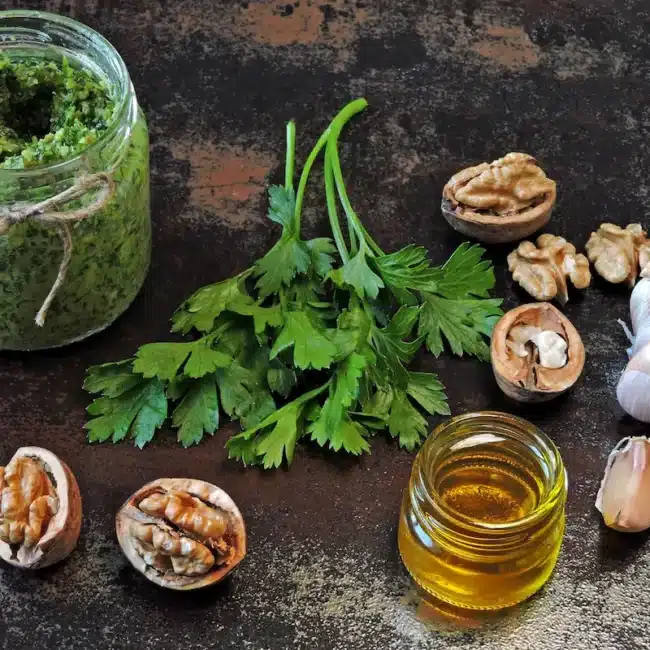
How to Make Any Type of Pesto
Making pesto is one of the easiest things in the world!
You just need a bunch of your favorite fresh herbs, garlic cloves, parmesan cheese, a bit of extra virgin olive oil, and a bit of pine nuts or other nuts of your choice. If you are allergic to nuts, there are plenty of alternatives to choose.
Traditionally, pesto is made by crushing the ingredients together in a marble mortar (more on that later), but today it’s also very common to use a food processor.
It’s also very common to turn it into a pesto sauce by adding a bit of milk or heavy cream and heating in a saucepan.
The recipes below are tested methods that will allow you to make a delicious pesto any time you need.
Pesto to Freeze: My 9 Favorite Recipes
Pesto alla genovese: basil pesto with pine nuts
Let’s start with the basics. This delicious fresh basil pesto recipe is a symphony of taste. Drizzle it over pasta, spread it on crusty bread, or use it as a dip – the possibilities are endless!
Basil pesto without pine nuts
If you’re allergic to nuts and can’t enjoy traditional genovese pesto – no worries! This recipe will show you how to make an amazing pesto without taking any risk.
Why limit yourself to basil? You can make a delicious pesto with lots of herbs and vegetables. This one is made with parsley and it has a fresh, peppery flavor that I’m sure you’ll love. Try it on pasta this summer.
Pesto alla trapanese: red tomato pesto
Savor the simplicity and freshness of our Trapanese pesto recipe, inspired by the sun-kissed flavors of Sicily. With just a handful of wholesome ingredients including ripe plum tomatoes, fragrant basil leaves, and savory pecorino cheese, this pesto captures the essence of Mediterranean cuisine.
Classico pesto
Introducing Gianna’s delightful twist on the classic pesto recipe! Inspired by tradition yet infused with her own creative flair, Gianna’s rendition captures the essence of pesto with a unique twist—no pine nuts required. With fresh basil, aromatic garlic, and a generous drizzle of extra-virgin olive oil, her recipe celebrates simplicity and flavor in every spoonful.
Arugula Pesto
Introducing an irresistible twist on classic pesto: arugula pesto cream pasta! Elevate your pasta night with this vibrant and savory dish, featuring the peppery bite of fresh arugula combined with the richness of grated Parmesan or pecorino cheese. Infused with the subtle warmth of garlic and a hint of spice from optional Calabrian chili flakes, each bite is a symphony of flavor.
CPK Pesto Cream
Elevate your weeknight dinner routine with our tantalizing CPK-inspired pesto cream penne recipe. Creamy, flavorful, and effortlessly delicious, it’s a culinary masterpiece that brings the California Pizza Kitchen experience straight to your home kitchen. Topped with savory sun-dried tomatoes, succulent chicken breast chunks, and a sprinkle of grated Parmesan cheese, this dish is sure to impress even the most discerning palates.
Cabbage pesto
This is one of my favorite pesto recipes. This inventive recipe combines the earthy sweetness of cabbage with the richness of pecorino and Parmesan cheeses, creating a flavor profile that’s both surprising and utterly delicious. Serve it tossed with al dente bucatini pasta for a comforting and satisfying meal that’s sure to become a new favorite!
Dive into a fresh take on pesto with our oregano-infused recipe! It’s a flavorful twist that adds a punch of herbaceous goodness to your meals. Easy to whip up and versatile to use, whether tossed with pasta or as a dip for bread. Give it a try and add a new dimension to your dishes!
Pecorino or Parmesan Cheese: Which One is Better For Making Pesto?
Parmesan vs. pecorino cheese is one of the first dilemmas we discussed in this blog. Although seemingly similar, these two Italian cheeses have very different flavors.
It’s common to wonder which one to use in this or that recipe – and in the case of pesto, I think the right answer is to use a 50/50 mixture. Pecorino will bring in its typical salty kick, while parmesan will give your pesto a nutty, earthy flavor that I personally love.

How to Freeze Any Type of Pesto
In my opinion, the easiest way to freeze pesto is by using silicone ice cube trays. I’m not a fan of freezing sauces in big batches: you always end up having to thaw them entirely to use just a part. On the other hand, whether you’re cooking for a big crowd or just for yourself, ice trays will allow you to portion the pesto conveniently.
Here’s how to do it: first, if you heated your pesto in a pan before using, ensure that it cools down to room temperature. Then spoon it into the comparts of the ice cube trays, leaving a little space on each compartment. This way, the pesto will have some room to expand as it freezes.
Once each tray is filled, cover it with plastic wrap to prevent freezer burn, and freeze it for at least 6 hours. Then, pop the frozen pesto cubes out of the tray and transfer them to a freezer bag or an airtight container. Ziploc bags or anything suitable for freezer use will work fine.
Finally, squeeze out as much air as possible before sealing and store your pesto in the freezer for up to 3-4 months.
Food Processor vs Mortar: Which One is Better to Make Pesto?
You already know that Italian foodies love to argue over every single recipe. I mean, we’ve spent the last 20 years arguing about how to make the perfect carbonara cream, and now the culinary magazines are debating whether we’ve debated too much on the subject. Of course, we had to have a dispute about how to make pesto as well. 😀
Traditionally, pesto is made by pounding fresh basil leaves together with the other ingredients in a mortar. The mortar should preferably be marble, as a wooden one could absorb the fats in the pesto and acquire an unpleasant smell over time.
Mortar purists argue that the blades of food processors heat the leaves causing them to lose some of their flavor, and to some extent it’s true. I would also add that using a mortar is 10x funnier.
That being said, not everyone can access a marble mortar or has the time to set about making pesto like in the old days. If you prefer to use a food processor, do so without any guilt: as long as you choose fresh, quality ingredients, your pesto will be delicious anyway.

